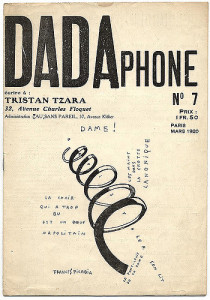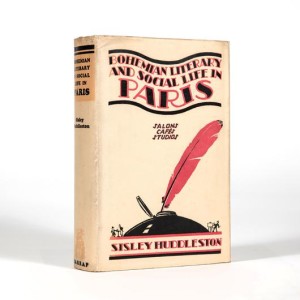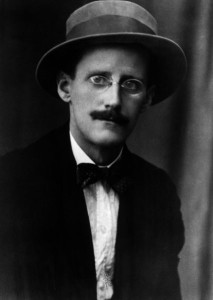 In the twenties the hard-bitten ex-pat journalist Sisley Huddleston
In the twenties the hard-bitten ex-pat journalist Sisley Huddleston
(whose father was such a Francophile that he named his son after a French painter) was the go-to man in Paris for political, literary and social low-down. So it was likely that from his seventh floor studio in Montparnasse he would come up with some hilarious observations on the more outré bohemian behaviour of the times.
In his Bohemian Literary and Social Life in Paris ( 1928), reviewed by Kenneth Kininmont in John O’London’s Weekly for November 17, 1928, he describes, among many other things, James Joyce dancing a ‘ serpent dance with Adrienne Monnier, who kept the famous little bookshop, the resort of many writers, in the Rue de Odeon’.
He also remarks on Rodin’s liking for cooked tripe and recalled a night spent with the Dadaists in their little theatre in Montmartre, where Tristan Tzara, the inventor of ‘a horrible noise-making machine, of the coffee-mill tribe, called a Dada-phone, was putting on one of his plays, entitled ‘Premiere Aventure celeste de M. Antipyrine’. This involved a cast of eight standing in a row and reciting through tubes of cardboard, speeches, of which the following is a translated example:
The equatorial bite in the bluish rock weights upon the night intimate scent of ammoniacal cradles the flower is a lamp-post doll listens to the mercury which mounts which shows the windmill holding on the viaduct before yesterday is not the ceramic of the chrysanthemum which turns the head and the cold the hour has sounded in your mouth once more an angel which falls.
Tzara‘s ‘Premiere Aventure..’ was written in 1916.Perhaps the idea of reciting through tubes of cardboard inspired’ Edith Sitwell to recite her poetry through a megaphone in the entertainment entitled Façade (1923).{RR] 



